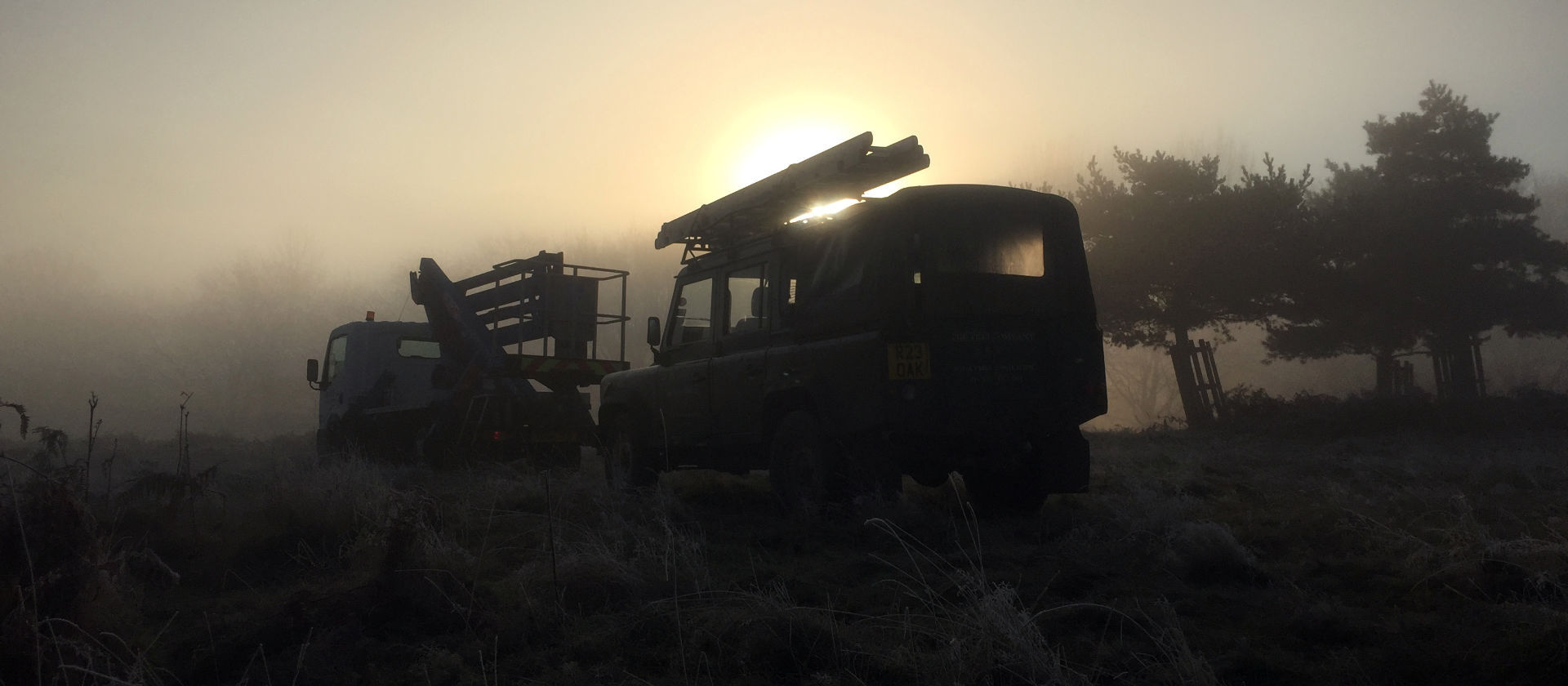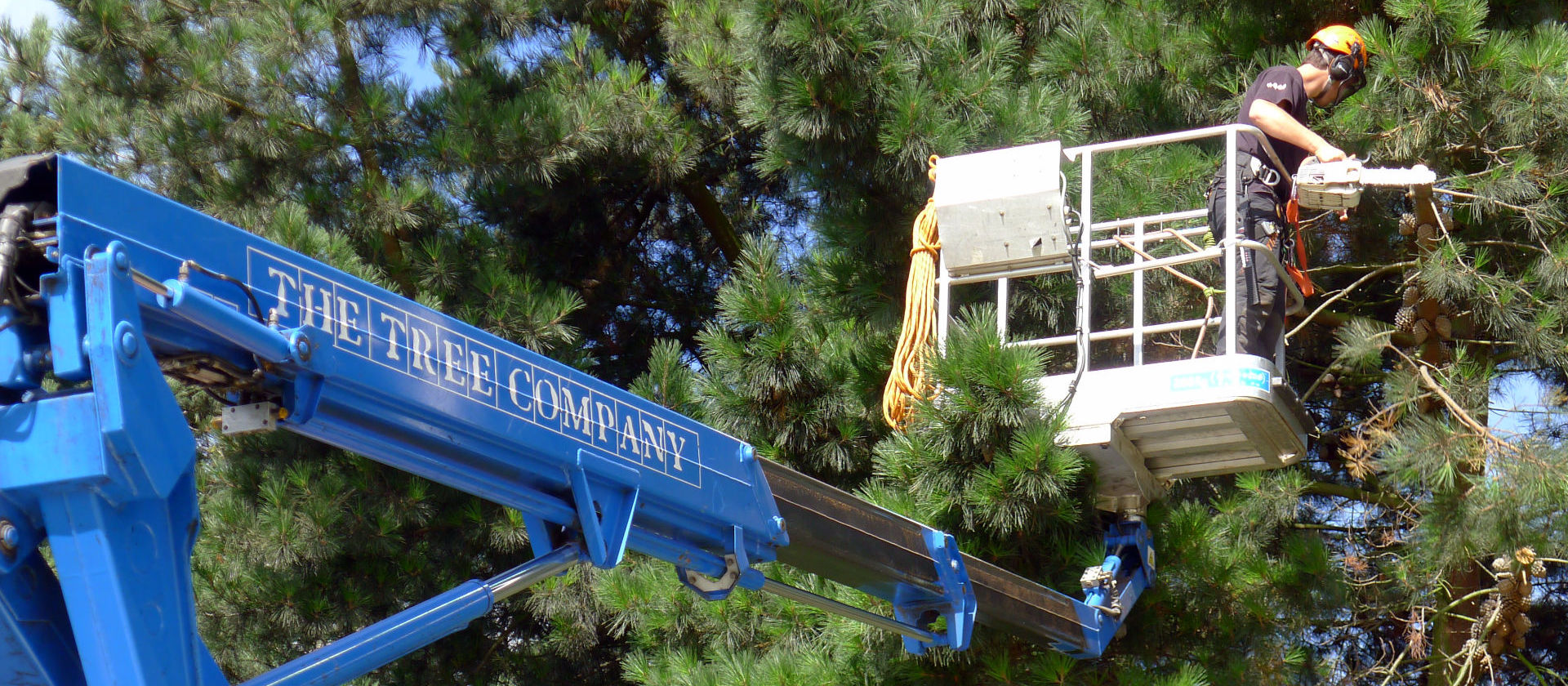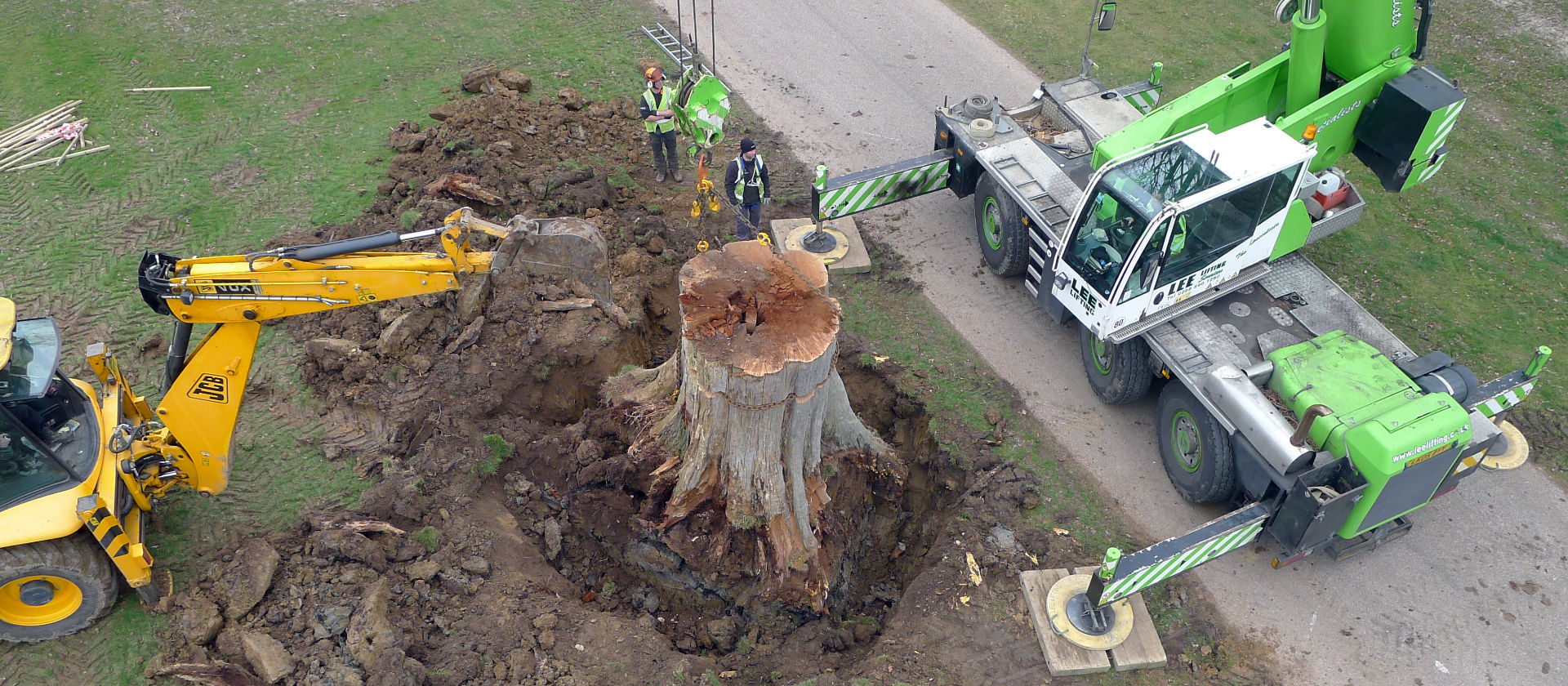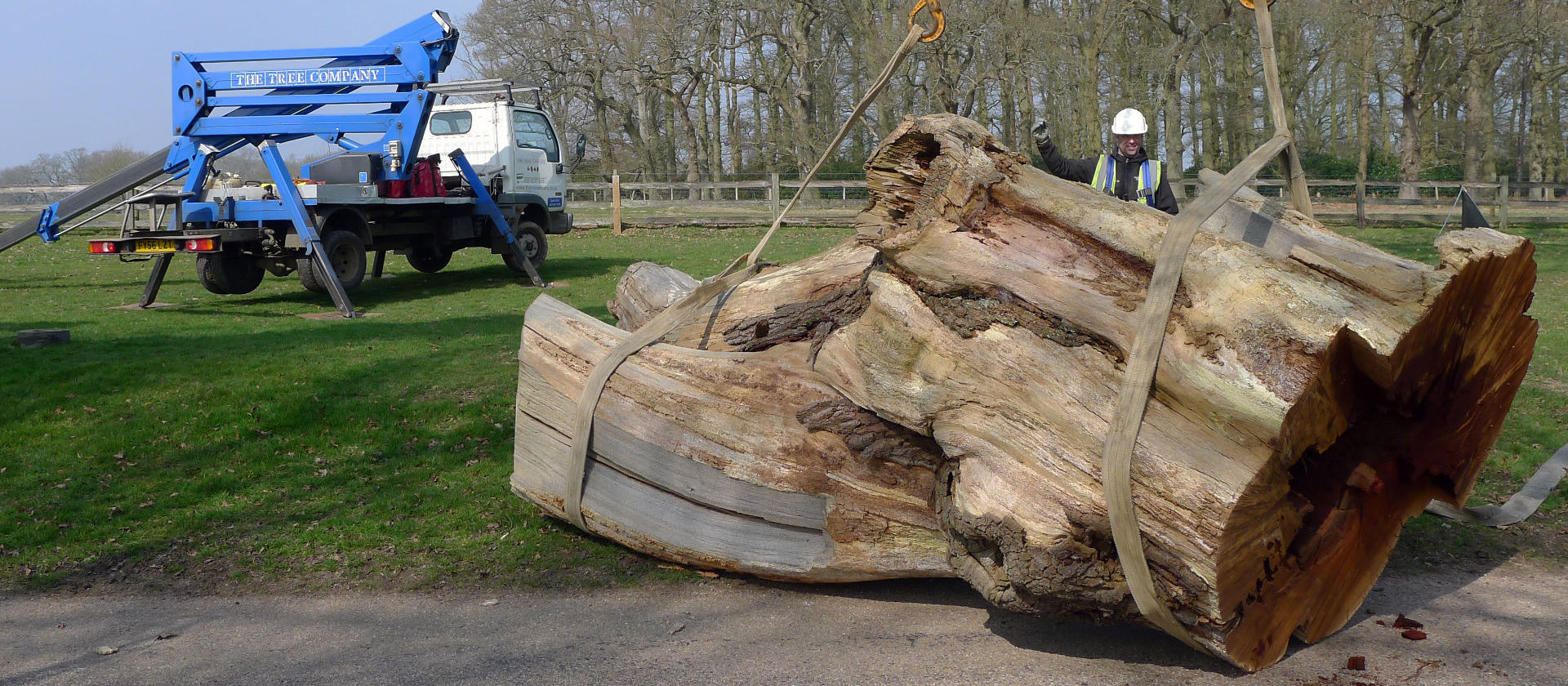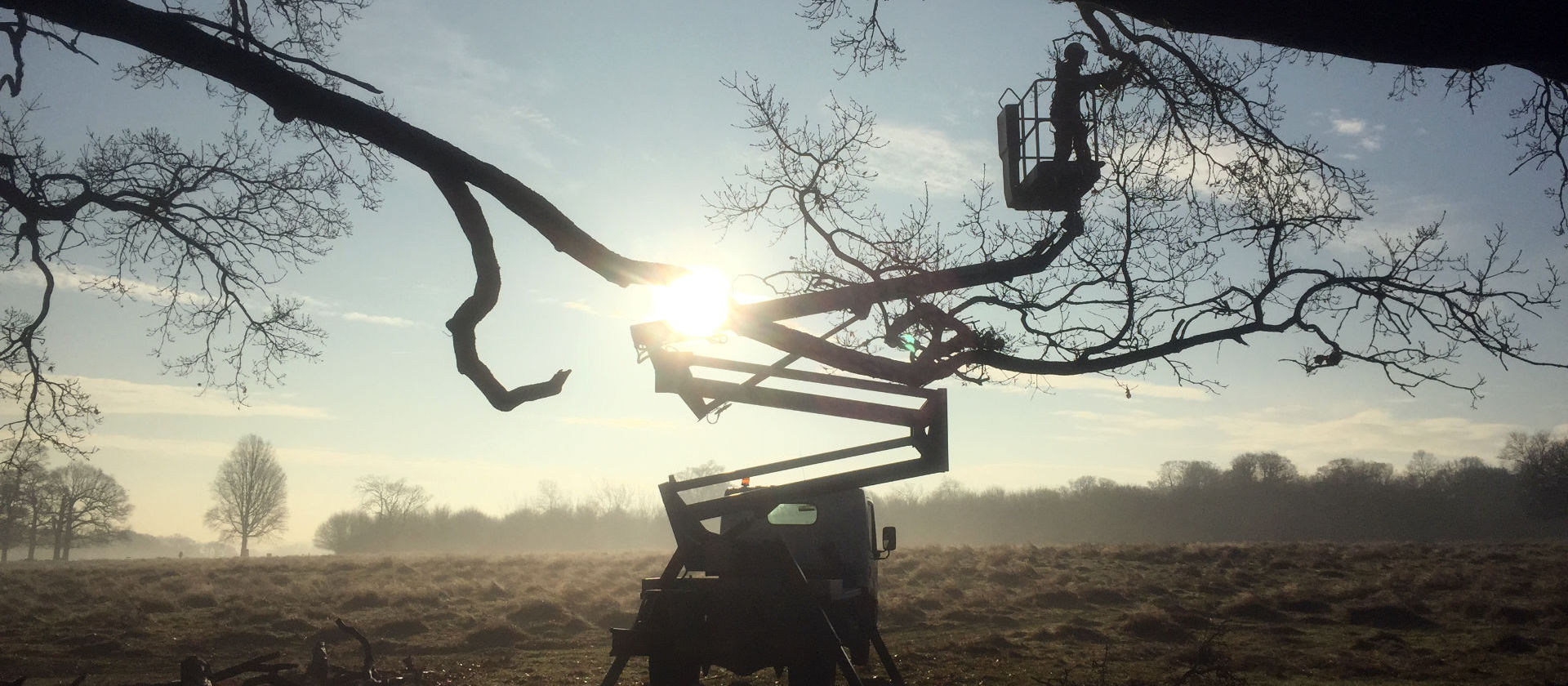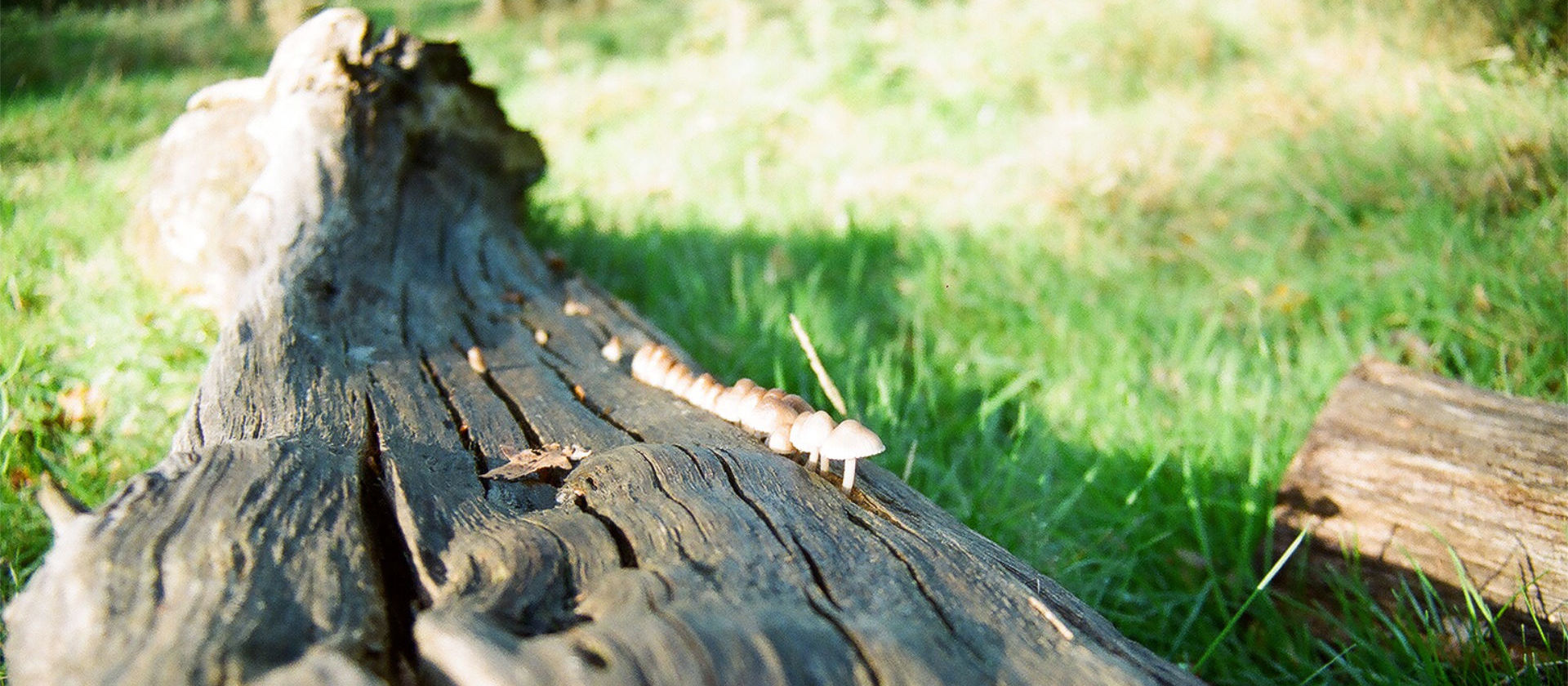Swing

The Tree Company was asked by one of our clients in South West London to install a rope swing into their tree. This was a fun change from the reduction, felling and thinning work which makes up the vast majority of our business.
We were doing some other tree work in their garden and they had identified a fine Beech tree in which to hang the swing. Our client had sourced the swing from a lovely family company http://www.sittingspiritually.co.uk/two-seater-tree-swing. Our job was to assess the tree to make sure it was safe and tie in the swing.
The Tree Company used the good practice guide for installing rope swings into trees written by http://www.monkey-do.net/content/tree-swings . A climbing inspection was carried out, with particular attention paid to the anchor branch. Any deadwood was removed from the crown and finally the rope swing was tied into the tree, ensuring it was just the right height for parents and child.
We hope to be back next year to see how things are going, as the swing and tree should be inspected annually.
Storm Damage
At the end of last year and beginning of this we had some strong storms in London and the rest of the UK. Not since 1987 have the tree surgeons of the country been so busy. In October, December and January Great Britain was battered by strong winds peaking at around one hundred miles an hour.

Thousands of trees fell across the country, a dozen people were killed and communications were severely disrupted.
One of the contributory factors to the many trees that fell was the amount of rain we had over the autumn and winter; as the ground was saturated the soil became loose and trees were more easily uprooted.
Here at The Tree Company we were inundated with calls for help from the local community in west and southwest London. On Christmas eve we had 4 men in Richmond Park clearing fallen limbs and trees, and 2 months later we were still tidying up damaged trees and branches caught in the crowns of trees.

One particularly special tree that was another victim of the storms was a great tree of London (see: Time Out book Great Trees of London). The copper beech at Asgill house in Richmond was damaged beyond repair. We removed all the remaining limbs and it is now a standing monolith which is great habitat for fungus, invertebrates and birds.


